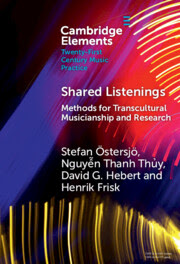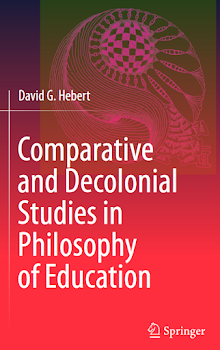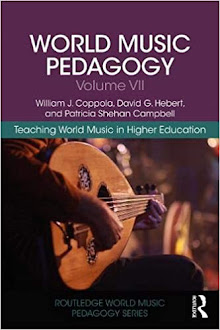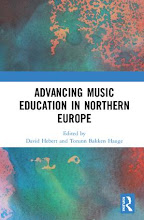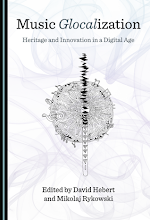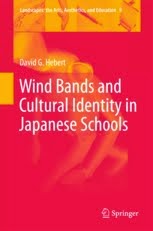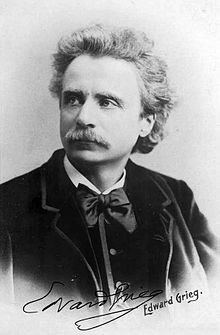
2009 is ending, and it was quite an interesting year. I spent much of it working as a Professor of Music at a very innovative graduate institution, the Sibelius Academy in
A major highlight of the year was the opportunity to mentor five outstanding students to completion of their doctoral degrees: Ari Poutiainen (jazz studies), Arnold Chiwalala (folk music), and Tapani Heikinheimo (music education) at the Sibelius Academy in Europe, as well as both Nancy Rosenberg (music education) and Robert Allen (music education) at Boston University in the USA, where I continued some earlier work by serving as an adjunct Master Lecturer.
I continued to be quite active in scholarship, with publication of chapters in four books (Multicultural Perspectives in Music Education [vol. 2 and 3], De-Canonizing Music History, and Music Education for Changing Times: Guiding Visions for Practice), as well as refereed articles in the journals Parlando (in Hungarian) and Visions of Research in Music Education. However, publication of my own books was postponed to 2010.
Another highlight of the year was contributing to the finalization of plans for the new Master of Global Music (GLOMAS) program in Northern Europe, and its official launch at the Womex festival in
It was very enjoyable to attend the Society for Ethnomusicology international conference in
It was also quite interesting to participate in the Orally Transmitted Music and Intercultural Education, symposium offered by EU Culture Initiative Music, Orality, Roots, Europe (MORE) at Cité de la Musique,
On a more personal note, a major highlight of 2009 for me was my grandparents’ fiftieth wedding anniversary, in
What are the plans for 2010? . . .
This year I must focus on publishing two books that have been delayed for much too long: Wind Bands and Cultural Identity in Japanese Schools: An Ethnography and Social History, and Patriotism and Nationalism in Music Education. I will also publish two more book chapters, in Sociology and Music Education (now in press), and the Oxford Handbook of Music Education (first draft now in review).
The new GLOMAS program will admit its first cohort of graduate students, and I am committed to seeing this program carefully planned and successfully implemented. I am currently chairing the curriculum development committee for this degree at Sibelius Academy, and coordinating the admissions review process between this institution and partner institutions in Sweden and Denmark. Additionally, I expect to see at least three more doctoral students complete their degrees this academic year.
There are several interesting new developments with the Historical Ethnomusicology group, and both the NNIMIPA and MORE projects in
[I took the above photo of an impressive church tower in Copenhagen in early 2009, when I was a visiting lecturer at the Rhythmic Music Conservatory.]
















